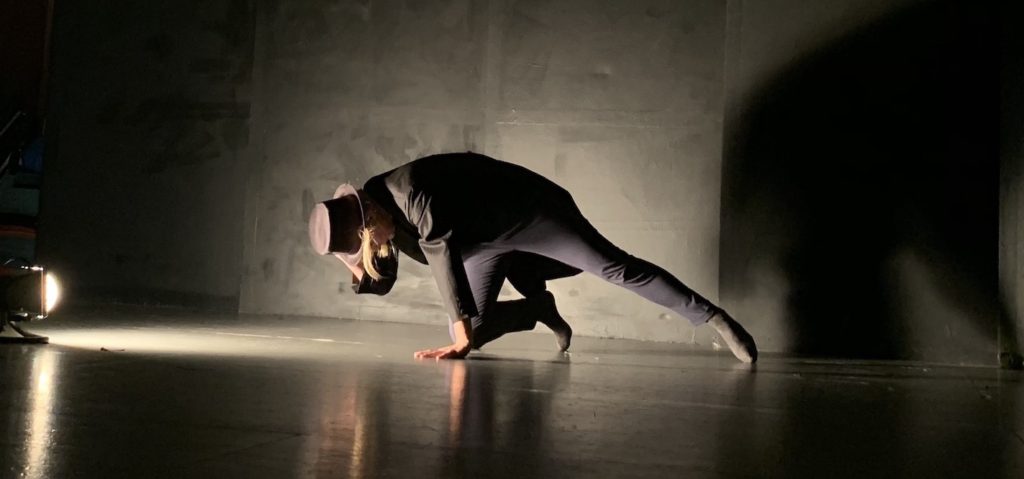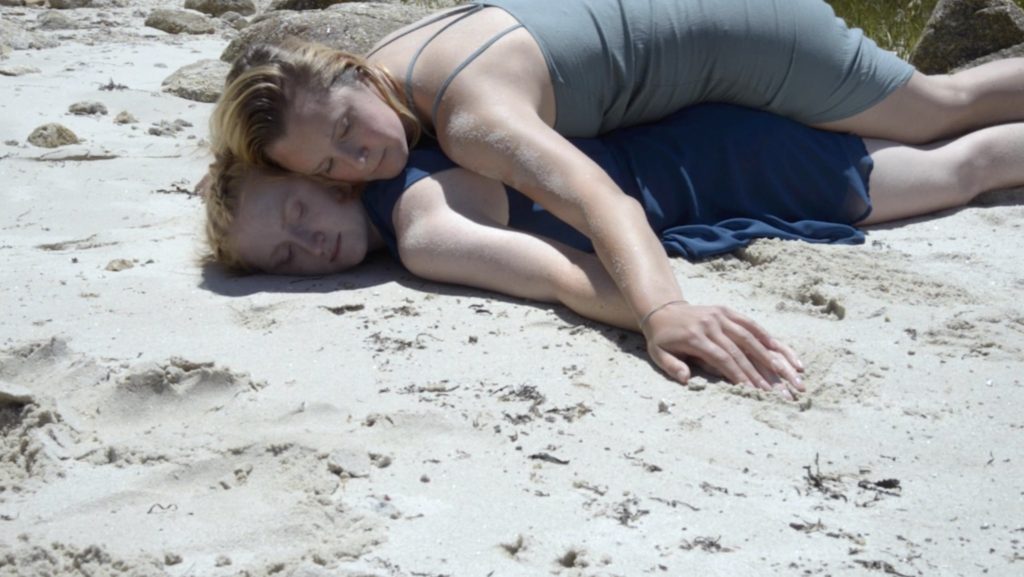Life Moves: Finding space for creativity on another coast - Vancouver Ballet Society
- Home
- Life Moves
- Life Moves: Finding space for creativity on another coast

By Rachel Silver Maddock
In June 2020, Meredith Kalaman had a realization. She was standing in a supermarket in Vancouver looking at an eight-dollar carton of organic, free-range eggs when something snapped — these eggs weren’t getting any cheaper and living in the big city just wasn’t serving her as an artist.
“I had this idea that my career depended on the city. Then when everything stopped because of the pandemic, I realized that’s so far from the truth,” she says. During lockdown, Kalaman walked Jericho Beach every day to do yoga on the grass or stand with her feet in the water. During that time, she found a new sense of grounding in her identity as an artist — and realized it didn’t depend on her location, or even what she was doing.

The eight-dollar eggs, just one symptom of a larger affordability issue in Vancouver, were like a confirmation for Kalaman, who had been entertaining the idea of relocating for nearly a year. Within six weeks, she had sent her furniture and belongings ahead of her to Halifax, Nova Scotia — a city on the opposite coast of Canada and a fraction of the size of Vancouver, and then took a leap of faith by getting on a plane herself.
Kalaman had spent the previous ten years living and working in Vancouver. After completing the Ballet BC mentorship program, she worked for local companies including Karen Jamieson Dance, Dancers Dancing and Vision Impure. She choreographed her own work, touring a full-length piece for four dancers, Femmes Fatales, to Europe and other works nationally, to China and to the United States. In all respects, she had a well-rounded dance practice.
But something had been brewing in the lead up to the pandemic around quality of life. Even though Kalaman had relatively inexpensive rent by Vancouver standards, she still felt like a hamster on a wheel trying to make a living.
“There is this value that people hold that life should be hard as an artist,” she says. When a mentor suggested that she ask how the city she lived in was contributing to her practice, rather than the other way around, it changed her perspective.
The question goes against the belief that an artist’s sole purpose is to contribute to society. Kalaman points out that funding structures and grant applications always ask an artist to articulate how their work will benefit the community, and often the energy is “flowing out.” With that model, it’s easy to burn out.

After living in Dartmouth, a district of Halifax, for over a year now, Kalaman only has good things to say about the major life and professional move. Drawn to the area by a family connection and attracted to coastal living, she has noticed a shift in her mindset that has affected her practice positively. A sense of ease in the slower pace of life combined with lower living costs has given her more space for creativity.
“The community has been so welcoming,” she says. Kalaman quickly got involved with Mocean Dance, the pre-eminent contemporary company in Halifax, having known artistic director Sara Coffin prior to the move. She began teaching the professional class, dancing and participating in research projects with the company.
As an independent artist who already has a good understanding of DIY artist life, including how to pitch her work and talk to presenters, in some ways Kalaman was “ripe” for the move. She says for a dancer just starting out, a bigger city might be more attractive. But the self-directed artist already has a number of projects on the go.
When we spoke over Zoom, Kalaman had just finished a rehearsal for Entertainer, a dance-theatre solo. She is also developing a group piece called the sea of my tomorrows, inspired by how living near the ocean is related to a feeling of home. The work, which started as a film presented at Vancouver’s Dancing on the Edge festival in July, involves dancers from Nova Scotia and Vancouver, and investigates the connections between physical landscapes, memories and movement. On November 26, the two works are being presented as a double bill by the Kings Theatre in Annapolis Royal.

When asked what she misses about Vancouver, Kalaman says friends and the diversity of the dance community come to mind. “Because there’s a higher volume of dancers in Vancouver, there’s more diversity in individual practices and representation. I do miss that.”
But overall, she has found the arts scene refreshingly integrated in Halifax, and runs into artists working in other forms, including painters, writers, and musicians. Also, she says, “There no ageism. I cross paths with creative people in different stages of life, and I can let that influence me.”
Kalaman is one of many artists for whom the pandemic prompted a big life change. Other stories have emerged of artists around the world migrating to less populated towns and cities to put down roots. The benefits of this unexpected artistic diaspora are coming to light — with city-wise artists like Kalaman activating new areas with their work.

